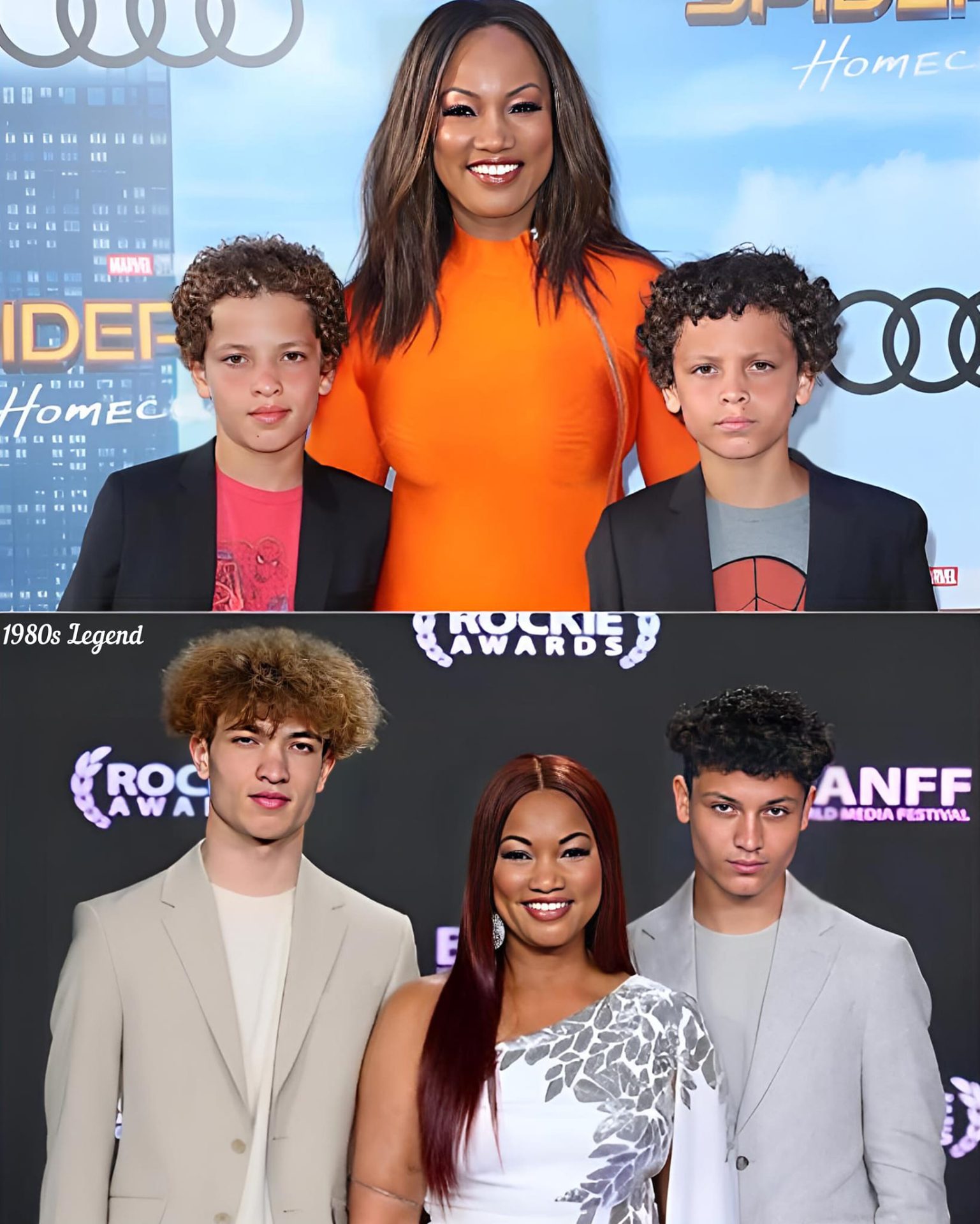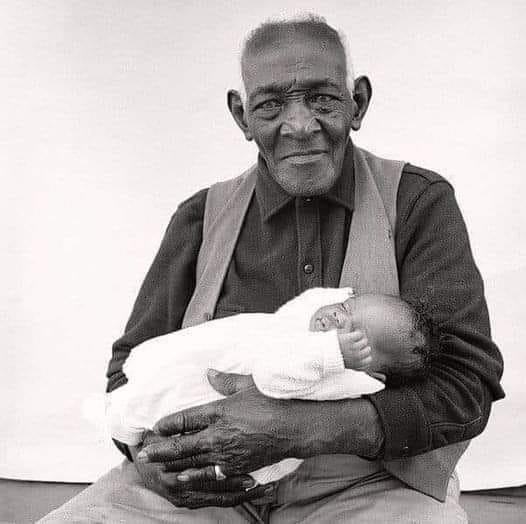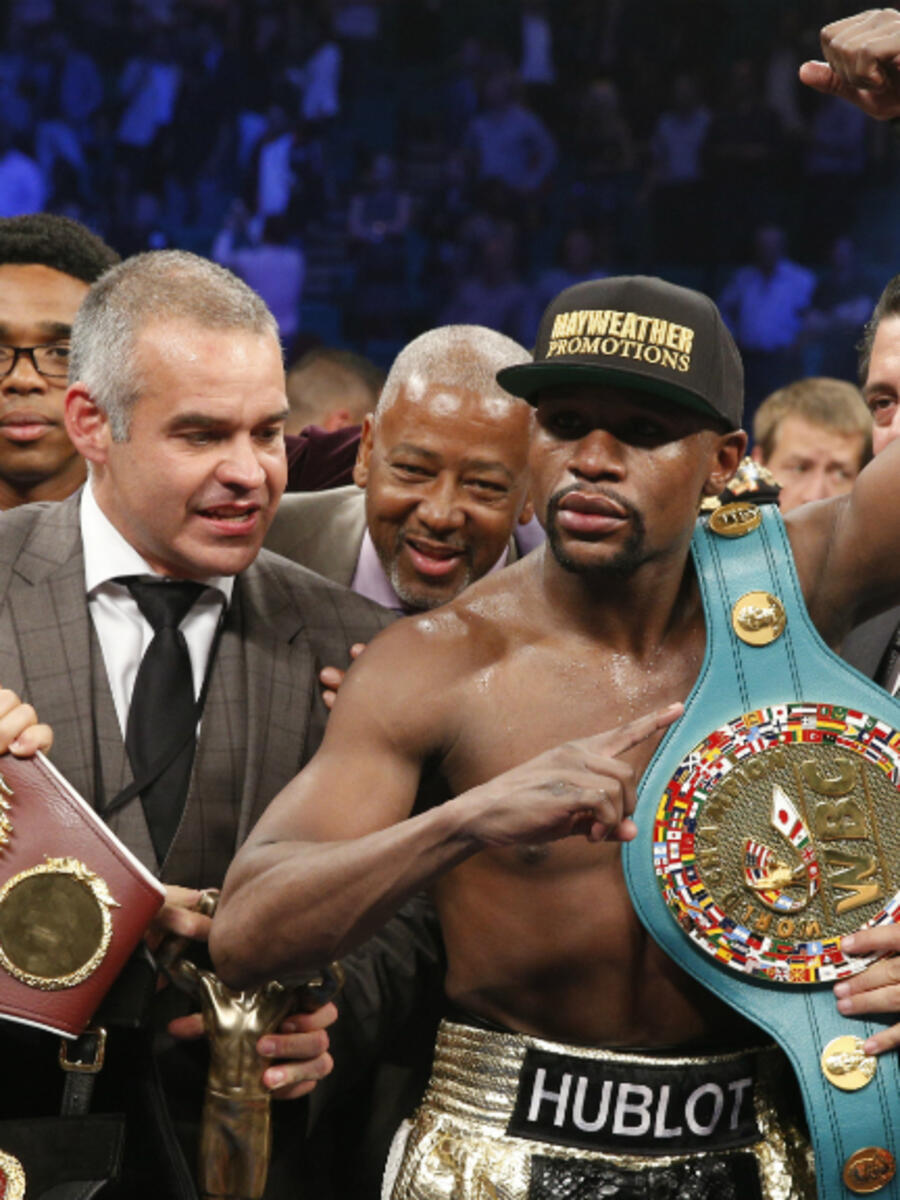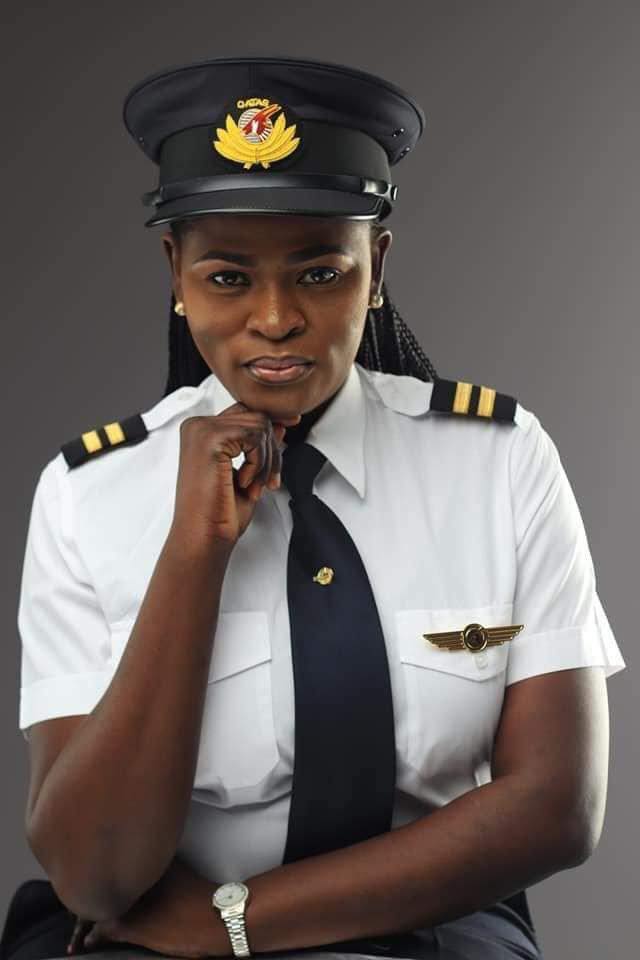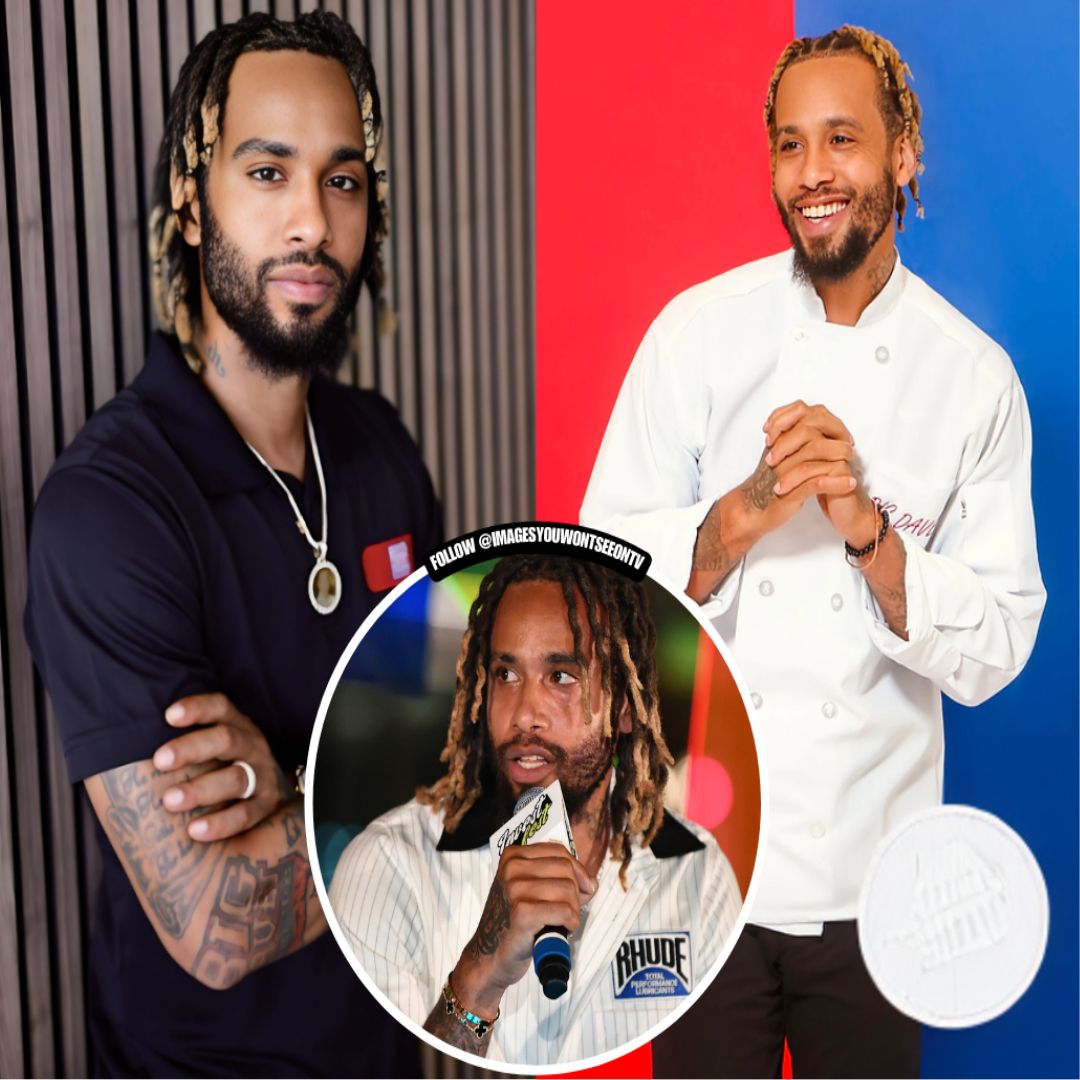Danielle Geathers is a rising college junior majoring in mechanical engineering with a concentration in product design, or at they say at MIT, Course 2-A.
She is also the first Black woman elected to serve as MIT’s student body president in the school’s 159 years — a fact she has researched extensively.

“I actually did an independent study in the fall semester and I wrote 30 pages about the history of Black female recruitment at MIT,” she says, noting that an ideal outcome of her presidency is that “MIT is a more inclusive place and that Black student matriculation goes up next year.”
CNBC Make It spoke with Geathers to hear about her plans for MIT, her advice to students right now and what it took to get where she is today:
‘Surviving’ high school
Just 6% percent of MIT’s 4,530 undergraduates (about 272 students) identify as Black or African American , but Geathers says her predominantly white high school had fewer than 20 black students, making up an even smaller percentage of the student population.
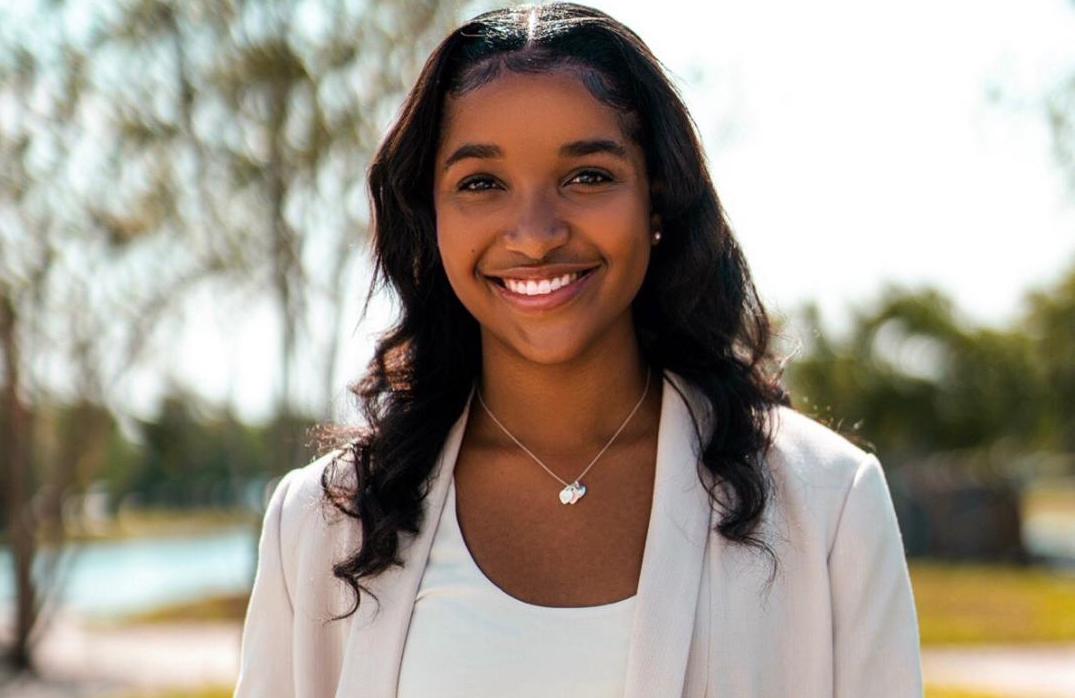
“I went to a predominately white high school in Miami called Miami Country Day School. Overall, it was a pretty moderate experience: I had really good teachers, I had good friends who were allies to me. But at the same time, I dealt with that everyday ‘othering,’” she says. “A lot of students used the N-word, I never had a Black teacher in any of my classes, things like that. But I was able to survive.”
Geathers founded the Black student union at Miami Country Day School. Her college essay was about the microaggressions she faced in the predominantly white environment — describing wearing a uniform that didn’t fit her body, nervously driving to school in fear of being pulled over by police, getting to school and being confused for the other Black girl in her class.

“That happened all the time,” she remembers. “One time a parent came up to me and said ‘Great basketball shot last night.’ I was like, ‘I’m on the soccer team.’”
MIT had long been her dream school and she applied early action but was originally deferred.
“I was crushed,” Geathers says. “It was definitely a lot of questioning myself and impostor syndrome. Thinking, ‘What did I do wrong? What should I have done better?’”
She says she remembers the exact date she found out she had gotten in.
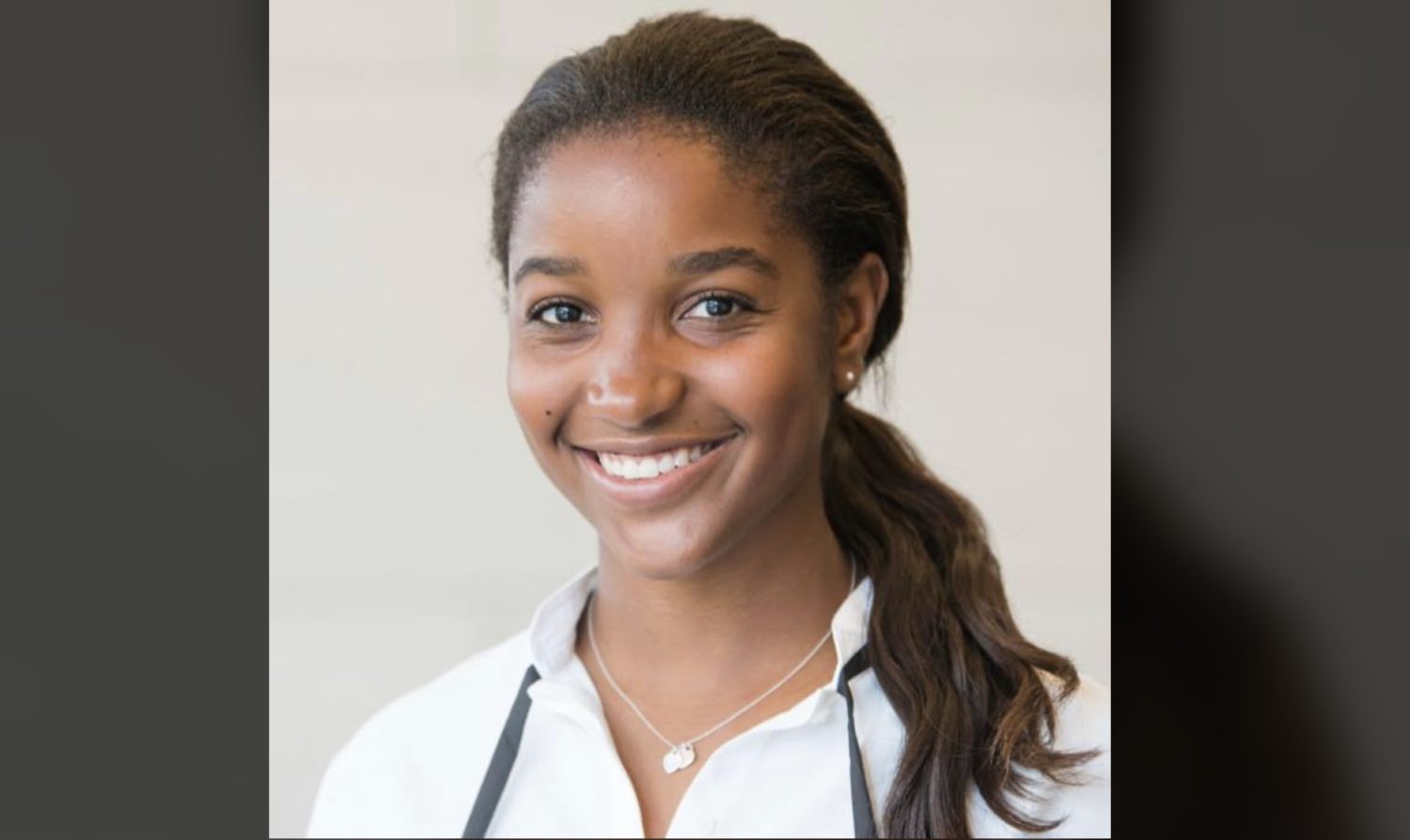
“When I finally got in on Pi Day, March 14th, I was so excited. I was running around my house screaming.”
‘I can do it’
When Geathers got to MIT’s campus, she says she was eager to find a larger Black community, leading her to get involved in the university’s Black student union just as MIT’s student government made efforts to recruit more Black members.
“I actually got involved in student government because they were looking to diversify,” she says. “The committee I joined had historically been all white women.”
Geathers has been involved with student government for almost all of her college career, but it wasn’t until two weeks before the deadline to submit applications for student body president that she set her sights on the position of student body president.
“I decided I did want to be president. I think I was just a little scared, but given the opportunity, I was like ‘I can step up and I can do it,’” she says.
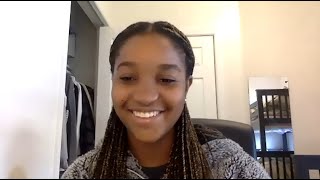
She asked classmate Yu Jing Chen to be her running mate because of Chen’s work founding an Asian-American advocacy group, organizing census participation among students and advocating for immigration rights on campus.
“I was like ‘Wow, she’s a powerhouse,’” says Geathers. “She wasn’t involved with student government, but I thought she took initiative in a way that could help student government.”
The pair ran on a platform of “Unity, Authenticity and Equity”
12 hours of Zoom calls and 28 votes
Then, the coronavirus pandemic hit the United States and colleges, including student elections, were impacted.
As MIT students were sent home, Geathers and Chen’s campaign moved online — from emails and digital endorsements to Instagram and virtual canvassing.
“It was a lot of leveraging social media,” she says. “But social media is such a bubble. Maybe you can reach a thousand people, but it’s going to be really hard to break that, so we tried to talk to student leaders, tried to get their endorsements, tried to get them to send out our message.”
“And then, Zoom calls. [We were] Zooming 12 hours a day with anyone who would talk to us, open office hours, Instagram Live — anything we could do.”
The campaign was not without its highs and lows. Geathers says the hardest moments were when the school newspaper and the previous student government administration chose not to endorse their ticket.
“In the endorsement, they didn’t even mention that I had been an officer, that I was the only person to run a committee… it felt like they weren’t even giving us a fair shot. That was definitely a blow. They called us naive. They were painting us as only caring about diversity,” says Geathers. “That negatively affected us for a day or two, but I think we were able to understand that part of the reason we weren’t getting this endorsement is because we were different.”
Geathers and Chen raised these concerns in an Instagram post:
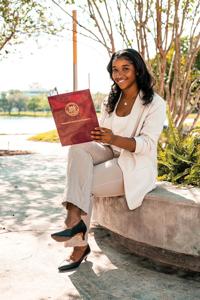
Voting opened on April 26th and students voted throughout the week for their student government representatives. Geathers and Chen stayed up on Instagram Live talking with students until 2 a.m. when voting closed.
On May 2nd, Geathers tried to avoid thinking about the campaign.
“I went for a long two-hour walk. I had my chai tea,” she recalls. “And then that night I was talking with a friend, trying to decompress, and I saw an email.”
Geathers and Chen had won by 28 votes.
Hitting the ground running
The student body president is now busy preparing for next fall which is due to be unlike any previous college semester — MIT is still deciding if students will fully return to campus in the wake of the coronavirus pandemic and many MIT students are joining Black Lives Matter protests.
“My main goal was to make sure that our transition from Covid-19 included as many students as it could in the decision-making process. I actually meet seven times a week with administrators talking about fall,” she says. “Given recent events, we’ve kind of shifted some of our priorities. So although we are focusing a lot on Covid-19 and making sure whatever decision is best for students, we’re also trying to make sure that our student body is contributing in every way we can to reduce racial injustice and police brutality.”
Geathers says MIT students are protesting, donating and raising awareness about racial injustice and police brutality. As president, she hopes to encourage students to do their part and also take care of themselves.
“What I’ve heard from a lot of people is that they’re scared of being left out of the loop or they feel guilty for not paying attention, but I think it’s more important that you safeguard your own mental health and feel free to close your phone or block people on Instagram,” she says. “I think a lot of people, especially Black students, we have this extra burden of always educating people, but in times of duress, you can’t keep on educating people. And I think the most successful activists believe in self-care and self-love. So it’s really important to take time to reflect on your own mental health before going out and trying to educate others.”
While Geathers admits she has at times felt hopeless about effecting the kind of change she would like to see, she says connecting with people like Kahlil Greene, who recently became the first Black student body president of Yale University, has helped her stay motivated.
“What we realized was it’s very overwhelming to think about systemic racism as a national issue,” she says, instead asking herself: “What can I, as a student government president, do?”
Now, Geathers and Greene are focusing on what they can do in their own communities whether it be denouncing instances of racism among students or fostering vital discussions about the roles of police on campus.
“I think part of this movement is doing what you can in your own space,” she says.
After graduation, Geathers plans to pursue a career in patent law and help close what she describes as “the racial innovation gap.”
Plus, with her Bachelor of Science, she can take the patent bar before going to law school. “I’m excited to help Black inventors secure their patents, secure their ideas and hopefully begin inter-generational wealth,” she says.
